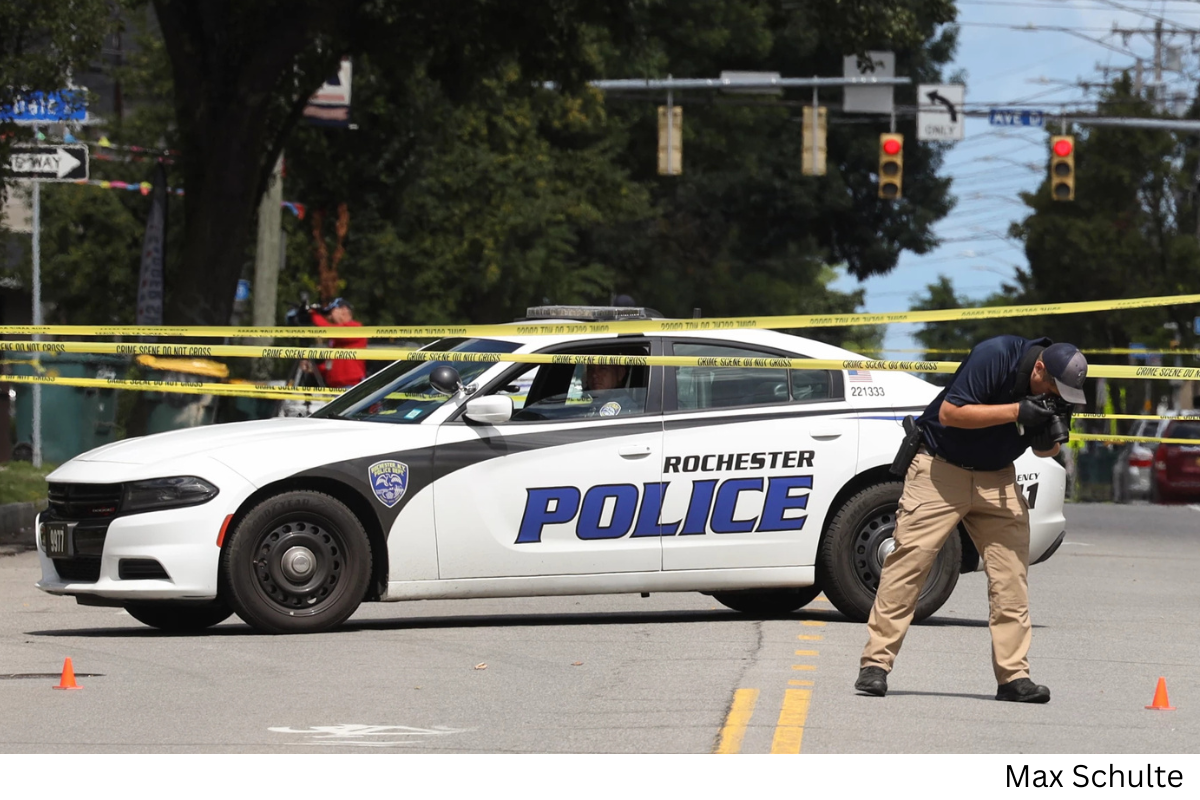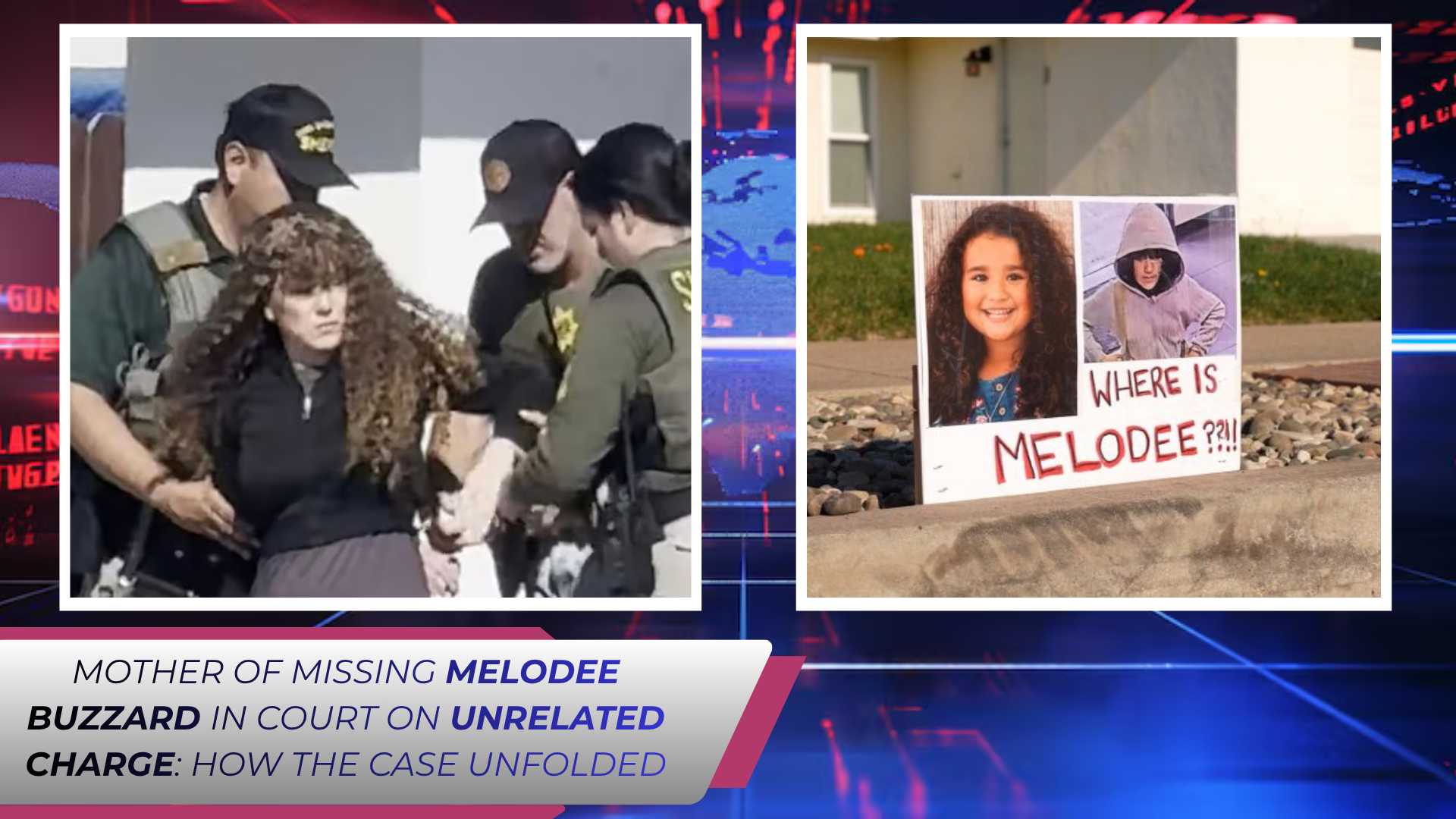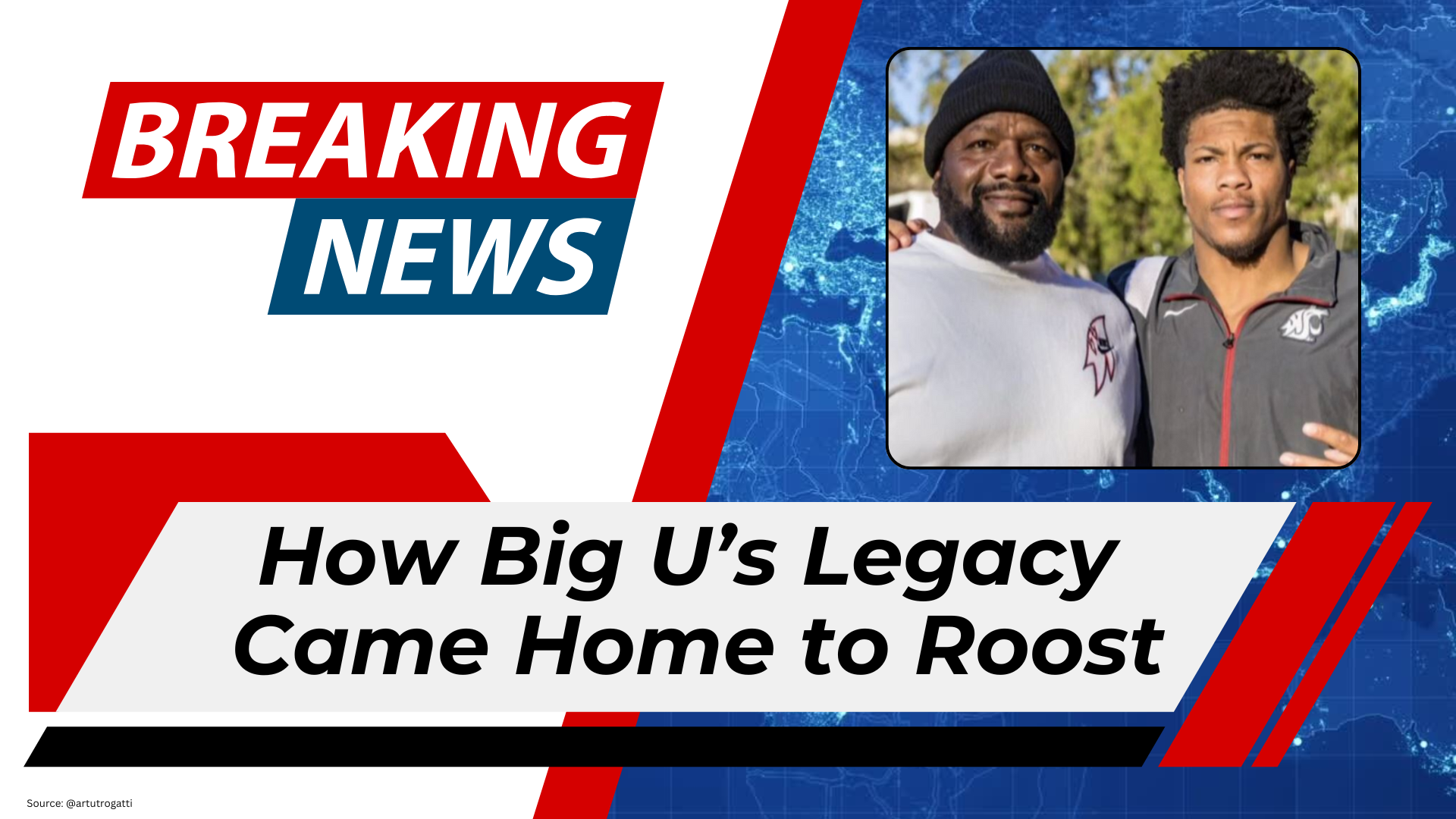In Rochester, New York, there’s a rare sense of optimism. For the first time in years, the city’s summer wasn’t defined by a wave of bloodshed. Between Memorial Day and Labor Day, Rochester saw its lowest number of homicides in nearly a decade — just 11, the fewest for that stretch since before the COVID-19 pandemic upended communities and fueled nationwide spikes in violence.
By nearly every metric, violent crime is trending downward. Shootings are declining, homicides are dropping, and neighborhoods that once echoed with nightly gunfire are slowly regaining a sense of calm. This summer, 57 people were shot — down from 65 the year before, and far below the grim high of 142 shootings during the summer of 2021.
Yet beneath the relief lies a sobering reality: the same social and economic problems that drive violence — poverty, addiction, homelessness, and community disinvestment — remain deeply rooted.
As Rochester celebrates the decline, many are asking the same question: how do we make it last?
A City Learning from Its Past
Rochester’s improved numbers didn’t happen by accident. Officials, police, and community groups have spent the last several years experimenting with new ways to prevent violence before it happens. The results have been encouraging — though far from permanent.
“When you really think about this and be intentional about solving this problem from multiple angles, no one person can take credit,” said City Councilmember Willie Lightfoot, founder of the ROC Against Gun Violence Coalition. “Not the coalition, not the police department, not the mayor — it’s a collective effort.”
That collaboration is visible on the ground. Following a deadly shooting on Oscar Street in June — where 27-year-old David Vazquez was killed behind a suspected drug house — the Rochester Police Department shifted tactics in one of its most violent corridors, North Clinton Avenue.
Rather than relying solely on car patrols and arrests, police began doing short foot patrols through high-crime areas. These 15-minute walk-throughs may seem small, but they’re guided by data — specifically, the Koper Curve principle developed in the 1990s, which found that brief, consistent patrols in hot spots can deter crime for hours afterward.
“The goal is not arrest with these patrols,” said Captain Greg Bello. “The goal is going out, making community contacts. Someone’s not going to rob somebody on the corner if there’s an officer out there walking.”
It’s a strategy rooted in presence and relationship — the simple but powerful idea that familiarity can breed trust, and trust can prevent violence.
Changing How Police Handle Shootings
Bello said the department has also changed how it investigates shootings. In the past, when victims refused to cooperate with police, cases were often dropped. Now, every shooting is fully investigated, regardless of victim participation.
“It was very easy to say, ‘Okay, the victim’s non-cooperative, we just move on,’” Bello explained. “We’re not doing that anymore. Even if we can’t bring assault-type charges, that doesn’t mean we’re not going to hold somebody accountable for firing a weapon in our city.”
This shift reflects a growing belief that sustained attention — even in cases that seem unsolvable — sends a message of accountability. That message, officers hope, helps deter future violence.
Community Frontlines: North Clinton Avenue
But in neighborhoods like North Clinton, the fight against violence extends far beyond policing.
Beatriz LeBron-Harris, director of the Father Tracy Advocacy Center, walks the North Clinton corridor daily. She greets nearly everyone by name — a mix of residents, recovering addicts, and unhoused neighbors. The strip, dotted with shuttered stores and vacant lots, has long been a nexus of the city’s drug trade and gun violence.
“The violence here isn’t random,” LeBron-Harris said. “It’s interpersonal — beef upon beef. Petty disputes, arguments, drug debts — that’s what leads to shootings.”
The former Rite Aid at the corner, now abandoned, has become a makeshift hub for people sleeping rough and struggling with addiction. LeBron-Harris and her team work to mediate conflicts before they escalate — knowing that even minor confrontations can spiral quickly.
“We try to nip it in the bud,” she said. “We’ll mediate arguments, try to get people talking, because once they start using, then they start arguing, and that’s when the fights and shootings happen.”
Her colleague, community health worker Hector Rosario, says enforcement alone can’t solve the problem. “If police raid a drug house, they’re just going to move down the block,” he said. “You’re not solving the problem unless you deal with the root — addiction, housing, jobs.”
Both agree that real safety means addressing the basic needs of the people living in the community: food, shelter, and recovery support. Without those, any drop in violence risks being temporary.
Building on a Framework of Reform
Rochester’s progress didn’t start this summer. Many of the city’s anti-violence reforms trace back to efforts launched before the pandemic, when leaders began rethinking how the city responded to trauma and crisis.
Under Lightfoot’s ROC Against Gun Violence Coalition, the city developed several key programs:
- The Homicide Response Team, which provides crisis counseling for victims’ families at crime scenes.
- The Person in Crisis Team, designed to handle mental health emergencies without relying on armed police officers.
- The Department of Recreation and Human Services, a renamed and restructured city department focused on youth engagement and social services.
These initiatives, launched in 2018 and 2019 when crime was already low, created the framework that Rochester is now using to regain stability.
“The blip in the system was the pandemic,” Lightfoot said. “Now, we’re normalizing back to where we were — but we can’t lose focus.”
Challenges That Remain
Despite the encouraging data, the city remains under a Gun Violence State of Emergency, first declared by Mayor Malik Evans in 2022. While Lightfoot supports the measure, he also believes Rochester may soon be ready to move beyond it.
Still, he warns that numbers don’t tell the whole story. Years of violence have left behind deep scars — from economic divestment to community disengagement.
“I see apathy,” he said. “People don’t vote, they don’t feel connected. And that’s part of why it’s hard to rebuild community.”
Blight, disinvestment, and political disillusionment, he believes, remain as dangerous to the city’s future as the guns themselves.
A City Cautiously Healing
Rochester’s falling crime rate is more than just a statistical rebound — it’s a reflection of persistence, collaboration, and small victories built block by block. But the deeper causes of violence remain stubbornly in place: addiction, poverty, and disconnection.
The city’s challenge now is to ensure the gains of 2025 don’t fade into another cycle of crisis. That means continuing to invest not only in enforcement but in the people and neighborhoods who need it most.
Because as LeBron-Harris put it, “You can’t police your way out of pain. You can only rebuild trust — one person at a time.”





.jpg)


